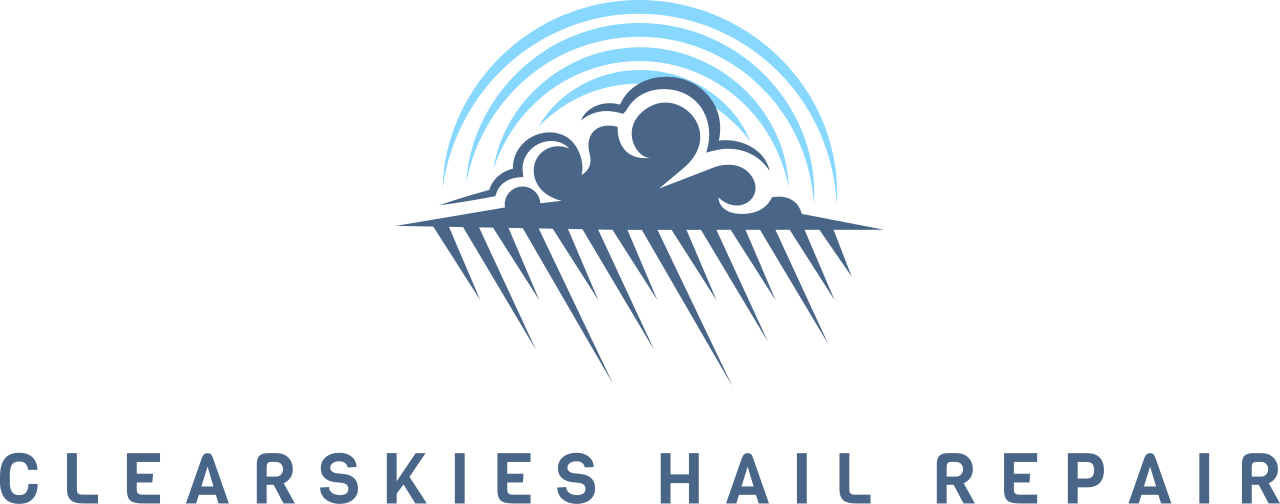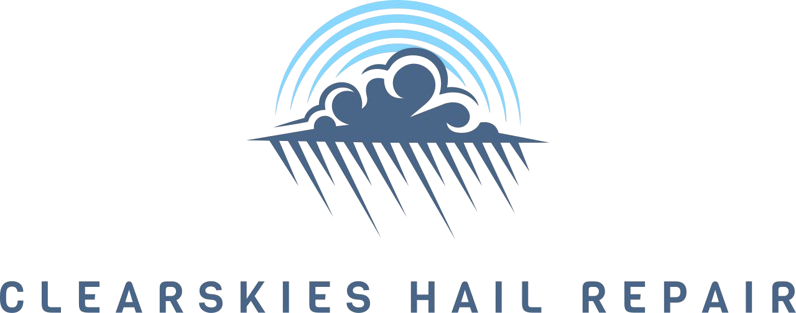Hailstorms can cause mild to severe damage to your car, and sometimes, the repair costs are so high that insurance companies may declare the vehicle a total loss. In this article, we will give you an insight into both methods so that you can make a fair comparison.
PDR (Paintless Dent Removal)
Paintless Dent Removal, or PDR for short, is a series of metalworking techniques designed to repair vehicle panels with minor to moderate dents without causing paint damage. This method is fantastic because it restores the panel to its original state, preserving the vehicle’s factory paint and leaving the impression that nothing happened.
The paint and bodywork must be in good shape to use this method. Panels with previous repairs are harder to work with, and it’s impossible to use PDR on surfaces with filler, which is not as flexible as metal and tends to crack and damage the paint.
Over the years, PDR has become the favorite choice for repairing hail damage because it doesn’t leave traces, is less intrusive, and is more affordable than traditional bodywork. With patience and skilled work, PDV experts can save panels that seem doomed to be repainted or replaced.
How PDR Works
Depending on the extent, location, and type of damage, technicians may use one or a combination of the following techniques:
- Popping Out And Manipulating Dents:
This method is perfect for removing small and medium dents located in soft areas. Technicians use tools such as suction devices, heat guns, and specialized rods, bars, and pickers to take the metal back to its original place gently.
Sometimes, special hammers are used to create vibrations that cause the metal to go back into place. While this technique is called blending, it’s one of the many ways to eliminate dents due to metal manipulation.
- Glue Pull Dent Repair:
This relatively new technique is a more aggressive way of popping out dents inspired by conventional body shop practices. Rods or tabs are glued in the dent’s center and pulled until the metal is back in place. Once finished, the glue is removed without damaging the paint. Sometimes, further work on the metal is needed to achieve a smooth finish. This method works well for more stubborn dents or those located over hard areas, such as structural reinforcements, double metal sheets, etc.
- Panel Beating:
This method is similar to the one used by traditional body shops, where the metal is hammered from the inside to pop dents out. It requires the removal of door panels, linings, and trimmings. When performed by PDR experts, the hammering is done carefully to avoid damaging the paint.
Traditional Body Work
Severe and/or extensive damage requires traditional bodywork. The process takes many hours of labor, preparation, and materials, and when properly done, the car ends up looking as good as new. The downside is that it can be considerably more expensive than PDR and takes away the vehicle’s original condition. For some models, losing the original paint doesn’t affect the resale price as much as others, such as classics or luxury cars, although many people try to preserve their vehicle’s original condition as much as possible.
Body Work Basics
Below, you will find the basic steps of a conventional auto body repair.
- Preparation:
The first steps are to remove the old paint, clean up, and straighten the metal as much as possible. Then, the imperfections are covered by putty or body filler, which is then sanded carefully to copy the original shape of the panel as much as possible.
- Paint-Preparation:
Once the filler is hardened, the panel is re-sanded to ensure a smooth finish, and a coat of primer is sprayed for corrosion protection, which helps the finishing coat adhere better. The type and tone of the primer vary depending on the vehicle’s color.
- Painting And Finishing:
After the primer is dry, the technicians will paint the panel, ensuring the final coat looks like the nearby panels. This is especially tricky when the original paint is aged; the painted panels should look exactly like the rest of the vehicle. After applying as many coats of paint as needed, a clear coat is applied following the manufacturer’s specifications.
- Finishing and Polishing:
Once the paint is dry, the car is completely polished to ensure a uniform finishing, remove any imperfections and scratches, and give the paint a refreshing touch.
Hail Damage Repair – Final Comparison
Wrapping up, depending on the damage extent, when possible, PDR is a faster and more affordable solution that preserves your vehicle’s original condition. However, traditional bodywork might be the only solution for severe hail damage, while for intermediate cases, a combination of PDR and traditional bodywork is the way to go.
At ClearSkies Hail Repair, we are a team dedicated to helping you repair your hail-damaged vehicle. We take care of everything for you, from insurance claims to finding the best hail damage repair shop to suit your needs. We pick up your car and deliver it back to you as good as new. Do you want to get your car fixed today in Dallas/Fort Worth, Texas? Contact us now, and we will get back to you in no time!

